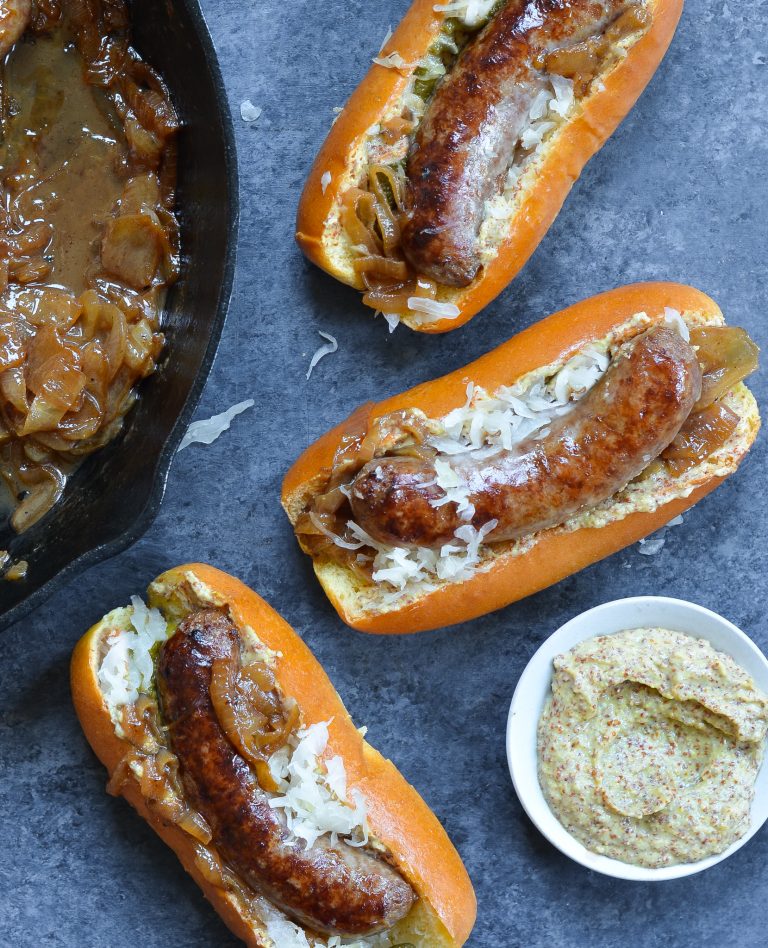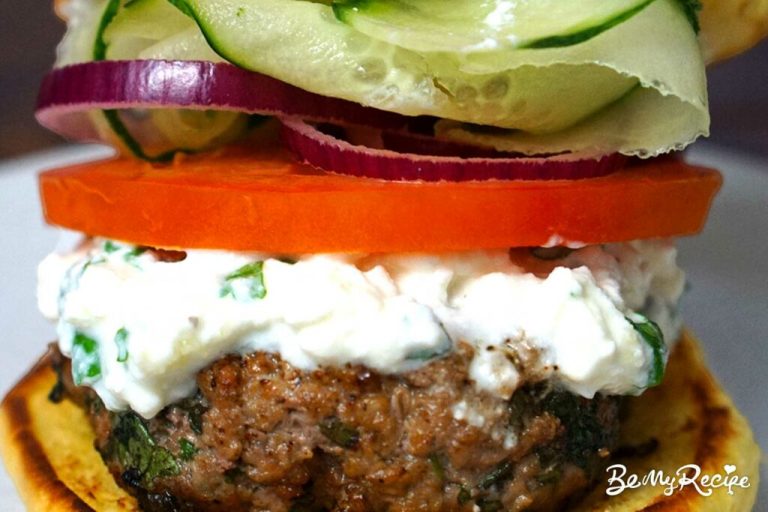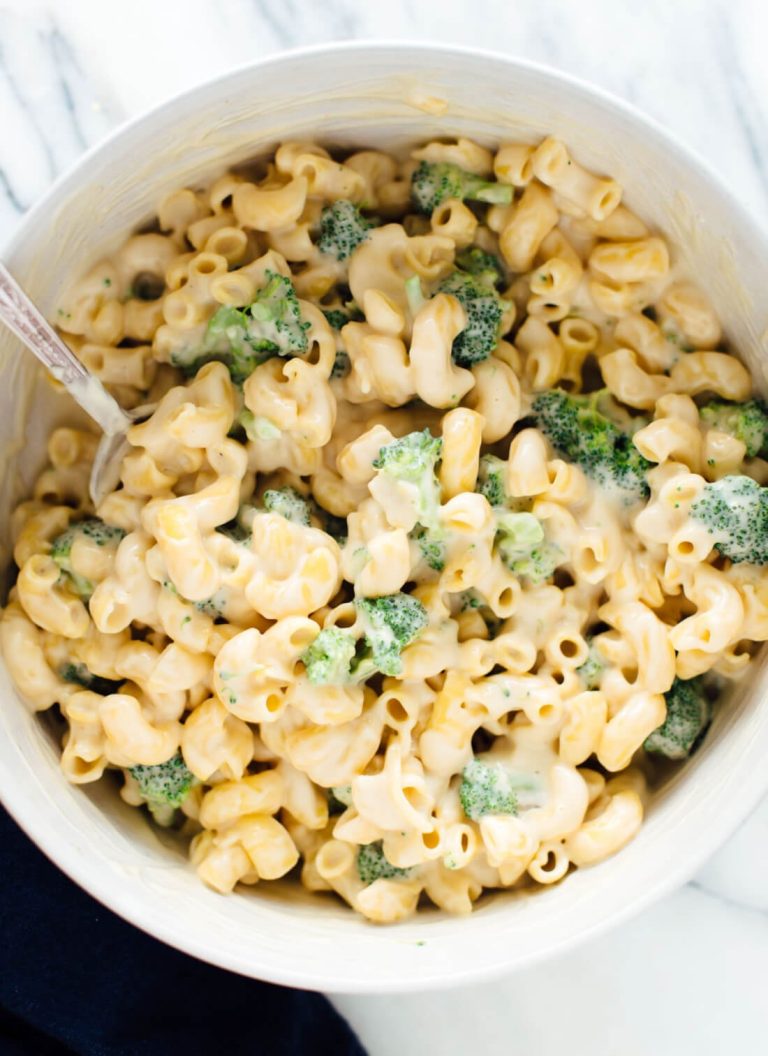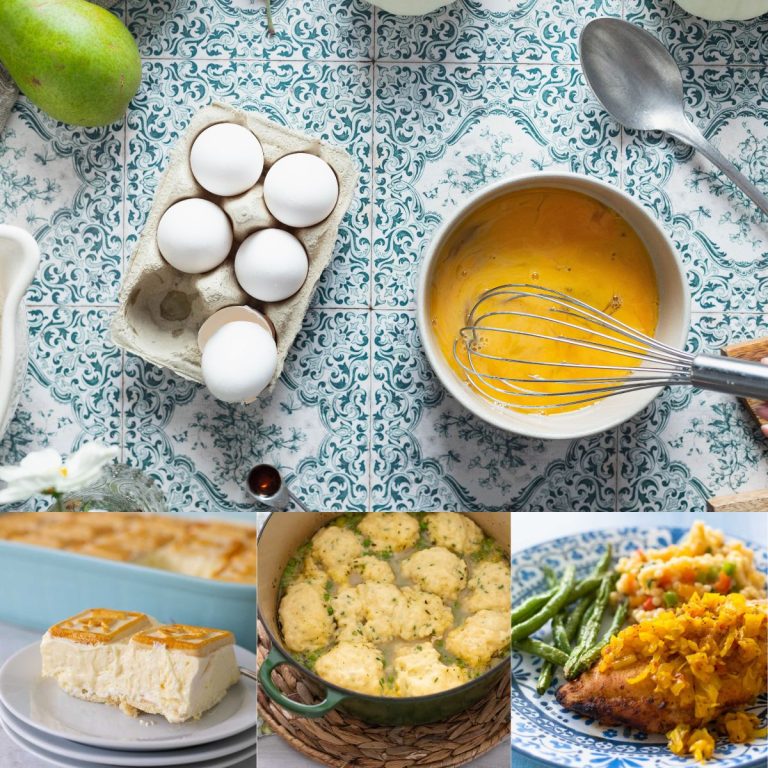Peasant Bread: A Versatile and Nutritious Loaf for Every Meal
Peasant bread is a traditional, rustic loaf requiring no kneading, making it accessible for home bakers of all skill levels. It’s known for its simple ingredients—usually just flour, water, yeast, and salt. This bread stands out for its crusty exterior and soft, airy interior, ideal for various meals. It’s often associated with hearty soups, stews, and rustic sandwiches.
The History and Origin of Peasant Bread
Peasant bread has roots in ancient agricultural communities where simplicity was key due to limited resources. Originating from Europe and parts of the Middle East, it became a staple in households. Various cultures have their versions, like French boule or Italian ciabatta. Its enduring appeal lies in its straightforward preparation and versatility, which align with peasant lifestyles. Historically, this bread broke language barriers, uniting diverse communities around a shared, simple dietary staple.
Key Ingredients and Variations
Essential Ingredients for Making Peasant Bread
Peasant bread consists of basic ingredients found in most kitchens. Flour, water, yeast, and salt form the foundation. Using bread flour results in a chewier texture, while all-purpose flour offers a lighter crumb. Water hydrates the flour, activating the gluten and yeast. Active dry yeast leavens the dough without kneading, making the process straightforward. Salt enhances flavor and controls yeast activity, preventing the dough from rising too quickly.
Key Ingredients:
- Flour: Bread flour or all-purpose flour.
- Water: Room-temperature water for hydrating the dough.
- Yeast: Active dry yeast for leavening.
- Salt: Table salt or sea salt for flavor.
Common Variations and Regional Differences
Peasant bread varies by region, incorporating local ingredients and techniques. French boule features a round shape and hearty crust. Its long fermentation improves flavor. Italian ciabatta has a higher hydration level, resulting in an open, airy crumb and a rustic appearance. In Germany, bauernbrot blends rye and wheat flour for a dense, flavorful loaf. Corn flour might be added in parts of Eastern Europe, giving the bread a slightly sweet taste.
- French Boule: Round, crusty loaf with long fermentation.
- Italian Ciabatta: High hydration, airy crumb, rustic appearance.
- German Bauernbrot: Mix of rye and wheat flour, dense texture.
- Eastern European Variation: Addition of corn flour for a sweet flavor.
These regional differences showcase the adaptability of peasant bread, allowing you to explore diverse flavors and textures.
Step-by-Step Guide to Making Peasant Bread
Preparing the Dough
To start making peasant bread, gather your ingredients. You’ll need four basic components: flour, water, yeast, and salt. Use 500 grams of all-purpose flour, 350 milliliters of lukewarm water, 2 teaspoons of active dry yeast, and 1 teaspoon of salt.
- Mix Ingredients: In a large bowl, combine the flour, yeast, and salt. Gradually add the lukewarm water, stirring until the mixture forms a sticky dough.
- First Rise: Cover the bowl with a damp cloth or plastic wrap. Let it rise at room temperature for 2 hours, or until the dough has doubled in size.
- Punch Down and Shape: Punch down the dough to release trapped air. Transfer it to a lightly floured surface and shape it into a boule (round loaf) or place it in a well-oiled bowl.
Baking Techniques and Tips
Successful peasant bread requires attention to baking techniques. Preheat your oven to 450°F (232°C) and follow these steps:
- Prepare the Oven: Place a cast-iron skillet or Dutch oven inside to heat. This process will create a steaming effect, essential for a crusty exterior.
- Second Rise: Allow the shaped dough to rise for another 30 minutes while the oven preheats.
- Score the Dough: Just before baking, make a few shallow cuts on the top of the dough. This step facilitates proper expansion during baking.
- Bake Bread: Carefully transfer the dough into the preheated pot. Cover with a lid and bake for 30 minutes. Remove the lid and bake for an additional 10-15 minutes until the crust is deep golden brown.
- Cool Down: Place the baked bread on a cooling rack. Allow it to cool completely before slicing. This cooling period ensures a firm interior.
For best results, use a kitchen thermometer to ensure the internal temperature reaches 200°F (93°C). Experiment with adding herbs or seeds to the dough for flavor variations.
Nutritional Benefits of Peasant Bread
Health Benefits of Whole Grains
Whole grains, a key ingredient in peasant bread, offer numerous health benefits. They provide essential nutrients including fiber, B vitamins, and minerals such as iron, magnesium, and selenium. Consuming whole grains helps improve digestive health by promoting regular bowel movements due to their high fiber content. They contribute to heart health by lowering cholesterol levels and reducing the risk of heart disease. Whole grains also help regulate blood sugar levels, which can be beneficial for individuals with diabetes or those at risk. Examples of whole grains in peasant bread include wheat, barley, and rye.
Dietary Considerations and Allergies
While peasant bread is nutritious, some dietary considerations and allergies must be taken into account. People with gluten intolerance or celiac disease should avoid traditional peasant bread, as it generally contains wheat and other glutenous grains. Gluten-free variations made from alternative flours like rice, almond, or coconut are available. Pay attention to the bread’s ingredients if you’re allergic to certain components, such as nuts or seeds, often used to enhance flavor and texture. Always read labels carefully and consider consulting a healthcare professional for personalized dietary advice.
Peasant Bread in Culinary Culture
Peasant Bread in Traditional Dishes
Peasant bread plays a significant role in various traditional dishes. In French cuisine, it’s often found in dishes like bouillabaisse and coq au vin, where slices of peasant bread soak up rich sauces and broths. In Italy, peasant bread forms the base for bruschetta, topped with fresh tomatoes, basil, and olive oil. Eastern European cuisines often pair peasant bread with hearty soups, such as borscht, enhancing the meal’s overall texture and flavor. Each of these dishes showcases the bread’s versatility and its ability to complement diverse ingredients.
Modern Uses and Adaptations
Chefs and home bakers have embraced peasant bread for its versatility in contemporary culinary practices. In gourmet sandwiches, slices of peasant bread hold robust fillings without becoming soggy. For breakfast, it serves as an ideal base for avocado toast, allowing endless variations with toppings like poached eggs or smoked salmon. In the realm of appetizers, peasant bread works excellently for crostini and canapés, providing a firm yet tender foundation for intricate flavors. These modern uses and adaptations highlight the timeless appeal and functional adaptability of peasant bread in today’s culinary culture.
Conclusion
Peasant bread’s rich history and adaptability make it a timeless favorite in kitchens around the world. Whether you’re crafting a traditional loaf or experimenting with modern takes like gourmet sandwiches and crostini, this versatile bread offers endless possibilities. Its nutritional benefits and the option for gluten-free variations ensure it can be enjoyed by many, regardless of dietary needs. Embrace the simplicity and depth of peasant bread and let it elevate your culinary creations.






